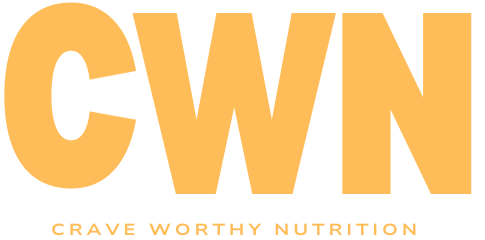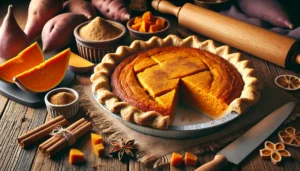This post may include affiliate links which means I may receive a commission from purchases made through links. I will only recommend products I have personally used. Learn more on my private policy page.

If you’re wondering how long to boil corn on the cob for that perfect, buttery bite, you’re in the right place.
Boiling corn may seem simple, but getting it just right can make all the difference between an amazing side dish and a lackluster one.
Today, we’ll walk through the best tips for boiling corn, ensuring you achieve that deliciously tender, flavorful bite every time.
Why Boiling Time Matters
Boiling corn on the cob isn’t just about softening the kernels; it’s about preserving their natural sweetness and ensuring a juicy, tender texture.
Boil it too long, and you risk losing that fresh flavor and turning it chewy.
Undercook it, and it may be too firm, leaving you wishing for a bit more tenderness.
That’s why nailing the perfect boiling time is key for the best flavor experience.
Quick Answer: Ideal Boiling Time for Corn on the Cob
So, how long should you boil corn on the cob?
The ideal time is between 5-7 minutes for fresh corn.
This range allows you to achieve the perfect balance between tender and firm.
If you prefer your corn softer, you can lean closer to 7 minutes, while those who like a bit more bite can stick to 5 minutes.
Keep in mind, the size of the corn ears and how fresh they are can influence the exact time.
For frozen corn, you’ll want to boil for a bit longer—around 8-10 minutes—to bring it to the right temperature and consistency.
Equipment You’ll Need

Before you get started, here’s a quick list of the essential equipment to make boiling corn on the cob a breeze:
- Large Pot: A deep, wide pot that can fit multiple ears of corn comfortably without overcrowding.
- Tongs: Essential for safely removing hot ears of corn from boiling water.
- Colander: For draining the corn after boiling and shaking off excess water.
- Sharp Knife (Optional): In case you need to cut the corn in half to fit smaller pots.
- Serving Platter: To present your perfectly cooked corn for your guests or family.
Types of Corn
Not all corn is created equal, and the type of corn you use can affect both the flavor and texture.
Here are the most common types of corn you might encounter:
- Sweet Corn: The most popular type for boiling, sweet corn has a high sugar content, which makes it naturally sweet and tender. It’s best eaten fresh, and it’s the type you’ll commonly find in grocery stores or farmers’ markets during the summer months.
- Yellow Corn: A variety of sweet corn, yellow corn has slightly larger kernels and a more pronounced corn flavor. It’s a classic choice for boiling and grilling, known for its bright yellow kernels and slightly firmer texture.
- White Corn: White corn tends to have smaller kernels and a milder, more delicate flavor compared to yellow corn. It’s known for its tender texture, making it a great option if you prefer softer corn on the cob.
- Bicolor Corn: This variety features a mix of yellow and white kernels, offering the best of both worlds in terms of sweetness and flavor. Bicolor corn is a favorite for summer picnics and BBQs.
- Field Corn (Dent Corn): While not typically used for boiling or eating fresh, field corn is primarily grown for livestock feed and industrial products. It’s starchier and tougher than sweet corn, so it’s not recommended for boiling.
- Baby Corn: Often used in stir-fries and salads, baby corn is harvested early while the ears are still small and immature. It’s not as commonly boiled like regular corn, but you can use it in a variety of other dishes.
Step-by-Step Guide to Boiling Corn on the Cob
Here’s your go-to guide for perfectly boiled corn:
1. Prep the Corn

Before boiling, peel away the husk and remove any lingering silk threads.
If you prefer the corn cooked with the husk on, just be sure to remove the silk and pull the husks back before boiling.
2. Boil the Water

Fill a large pot with enough water to cover the corn completely, leaving room for the ears to move freely.
Add a pinch of salt for extra flavor (though some prefer to add salt afterward to avoid toughening the kernels).
Bring the water to a rolling boil.
3. Add the Corn

Once your water is boiling, carefully place the corn in the pot.
If your pot isn’t large enough to fit the corn horizontally, you can break the ears in half.
Submerge the corn entirely.
4. Boil for 5-7 Minutes
Boil the corn uncovered for 5-7 minutes.
As it boils, the yellow kernels will become more vibrant and tender.
Test the corn by poking a kernel with a fork to check for your desired softness.
Remember, the fresher the corn, the less time it will take to cook.
5. Drain and Serve
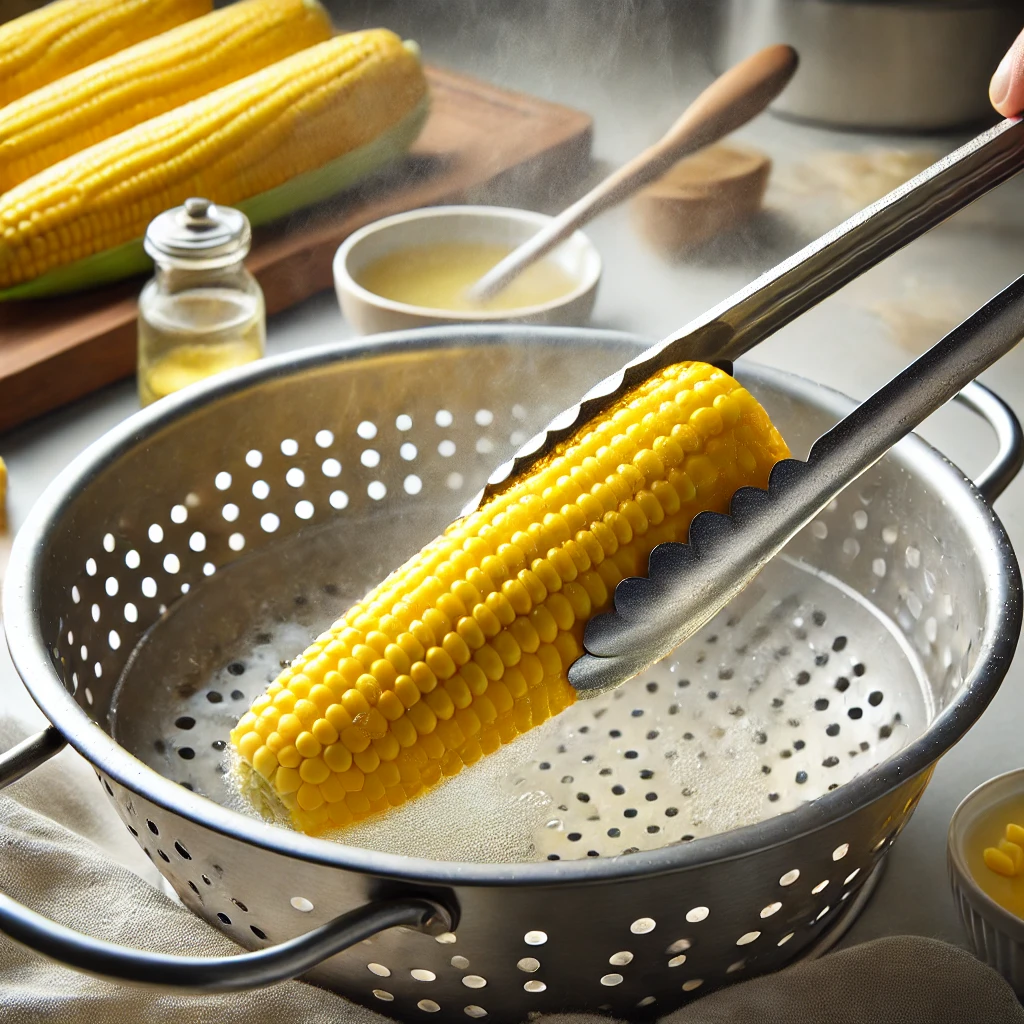
Once your corn is boiled to perfection, carefully remove the ears with tongs and drain any excess water.
For a quick burst of flavor, slather your corn with melted butter, a sprinkle of salt, and any other seasonings you enjoy.
Bonus Tips for Extra Flavor
If you want to take your boiled corn on the cob to the next level, there are plenty of ways to enhance its natural sweetness and flavor.
Here are some tried-and-true methods to make your corn even more delicious:
1. Add Sugar or Milk to the Boiling Water
One of the easiest ways to boost the flavor of your boiled corn is to add a teaspoon of sugar or a splash of milk to the water before boiling.
This tip is particularly helpful if your corn isn’t as fresh or sweet as you’d like.
The sugar brings out the natural sweetness of the corn, while the milk gives it a richer flavor and creamier texture.
- Pro tip: If you’re using milk, make sure to use whole milk for a fuller flavor. You can also mix in a small amount of butter for an even richer result.
2. Flavored Butters for Serving
Flavored butters can transform a simple ear of corn into a gourmet dish.
You can easily create your own compound butters by mixing softened butter with your favorite herbs, spices, or even cheeses.
Here are a few delicious combinations to try:
- Garlic Herb Butter: Mix softened butter with minced garlic, chopped parsley, and a pinch of salt. This simple yet flavorful option adds a savory punch to your corn.
- Spicy Chipotle Butter: Add a bit of heat to your corn by combining butter with chopped chipotle peppers in adobo sauce, lime juice, and a dash of cumin. This is perfect for anyone who enjoys a little spice.
- Honey Butter: For a sweet twist, mix butter with honey and a pinch of cinnamon. The honey brings out the natural sweetness of the corn, while the cinnamon adds warmth.
- Parmesan Basil Butter: Combine softened butter with grated Parmesan cheese and fresh basil for a rich, cheesy topping with a touch of freshness from the basil.
- Pro tip: Make a batch of flavored butter ahead of time and store it in the fridge. When your corn is ready, simply spread it on for an instant flavor upgrade.
3. Grilled Corn Topping After Boiling

If you want to add a smoky, charred flavor to your corn, try grilling the ears briefly after boiling them.
Once the corn is boiled and tender, transfer it to a hot grill for about 2-3 minutes on each side.
The grill marks not only add visual appeal but also enhance the flavor with a smoky, slightly caramelized taste.
- Pro tip: Brush the corn with olive oil or butter before placing it on the grill for an extra burst of flavor.
4. Squeeze Fresh Citrus
A simple squeeze of fresh lime or lemon juice can elevate the flavor of boiled corn, adding a zesty brightness that contrasts beautifully with the sweetness of the kernels.
This is especially popular in Mexican-inspired dishes where lime juice and chili powder are often paired with corn.
- Pro tip: For an authentic Mexican street corn experience, brush your boiled corn with mayonnaise, sprinkle with cotija cheese, and finish with a squeeze of lime juice and a dash of chili powder.
5. Sprinkle with Seasoned Salt or Spices
Spices can be the secret weapon to bringing out the best in your boiled corn.
Beyond the classic salt and pepper, consider experimenting with other spices and seasoning blends:
- Chili Powder and Lime: A sprinkle of chili powder paired with a dash of lime juice gives your corn a tangy, spicy kick.
- Paprika and Garlic Powder: Dust your corn with smoked paprika and garlic powder for a rich, smoky, and savory flavor.
- Cajun Seasoning: For a Southern twist, sprinkle Cajun seasoning on your corn. This bold blend adds a spicy, zesty flavor with hints of garlic and paprika.
- Pro tip: Experiment with spice blends to create your own custom seasoning for corn. You can even mix in some grated cheese for added richness.
6. Cheese Toppings
Cheese is always a good idea, and adding a bit of it to your corn can create a decadent, savory side dish.
Here are a few cheeses that pair perfectly with boiled corn:
- Parmesan Cheese: Grated Parmesan adds a salty, nutty flavor that complements the sweetness of the corn. For a richer flavor, mix it with garlic and herb butter before serving.
- Cotija Cheese: This crumbly Mexican cheese is slightly salty and pairs beautifully with lime juice and chili powder, making it an ideal topping for elote, or Mexican street corn.
- Cheddar Cheese: Melted cheddar or a sharp white cheddar can be drizzled over corn for a cheesy twist. If you want to go the extra mile, add some bacon bits for a full-flavored topping.
- Pro tip: For a creamy cheese sauce, melt cheddar or pepper jack cheese with a bit of milk, then drizzle it over your corn for a velvety finish.
7. Fresh Herbs and Infused Oils
Adding fresh herbs to your boiled corn can bring a refreshing, vibrant flavor to this classic dish.
Try pairing it with:
- Cilantro and Lime: Chop fresh cilantro and sprinkle it over the corn, followed by a squeeze of lime juice. The combination adds a burst of freshness and tang.
- Basil and Olive Oil: For a Mediterranean twist, drizzle extra virgin olive oil and sprinkle fresh basil leaves over your corn.
- Thyme or Rosemary: If you’re looking for an earthy, fragrant flavor, sprinkle chopped thyme or rosemary on your buttered corn.
- Pro tip: Infused oils, such as garlic or truffle oil, can also be used to brush on the corn, adding depth and richness without overwhelming the natural sweetness of the kernels.
8. Smoked Paprika and Bacon Crumbles
For a smoky, savory boost, top your boiled corn with smoked paprika and crispy bacon crumbles.
The smoky paprika adds depth to the sweetness of the corn, while the bacon brings a salty, crunchy texture.
This combination is great for anyone who enjoys bold flavors.
- Pro tip: You can prepare the bacon crumbles ahead of time, and simply sprinkle them over the corn right before serving for added convenience.
9. Pickled Jalapeños and Hot Sauce
For those who enjoy heat, adding pickled jalapeños and a dash of your favorite hot sauce can create a spicy, tangy topping for your boiled corn.
The pickled jalapeños add a bit of acidity that balances the sweetness of the corn, while the hot sauce intensifies the flavor.
- Pro tip: Mix the hot sauce into melted butter for a spicy drizzle that spreads evenly over the corn.
By incorporating these flavor-boosting tips, you can turn a simple ear of boiled corn on the cob into a dish that stands out.
Whether you’re serving it at a summer barbecue, a family dinner, or just a casual meal, these toppings and techniques will make your corn unforgettable!
Common Mistakes to Avoid

Even though boiling corn seems straightforward, there are a few common mistakes that can affect the final result.
Avoid these pitfalls to ensure your corn on the cob turns out perfect every time:
- Overcooking: One of the most frequent mistakes is leaving the corn in boiling water for too long. Overcooked corn becomes mushy and loses its bright flavor. Stick to the recommended boiling time of 5-7 minutes.
- Starting corn in cold water: Always bring the water to a full boil before adding the corn. Starting the corn in cold water extends the cooking process and may lead to uneven cooking.
- Not seasoning: While some prefer to season after boiling, adding a pinch of salt or sugar to the water can enhance the flavor during the cooking process. Just be sure not to oversalt, as it can toughen the kernels.
Conclusion
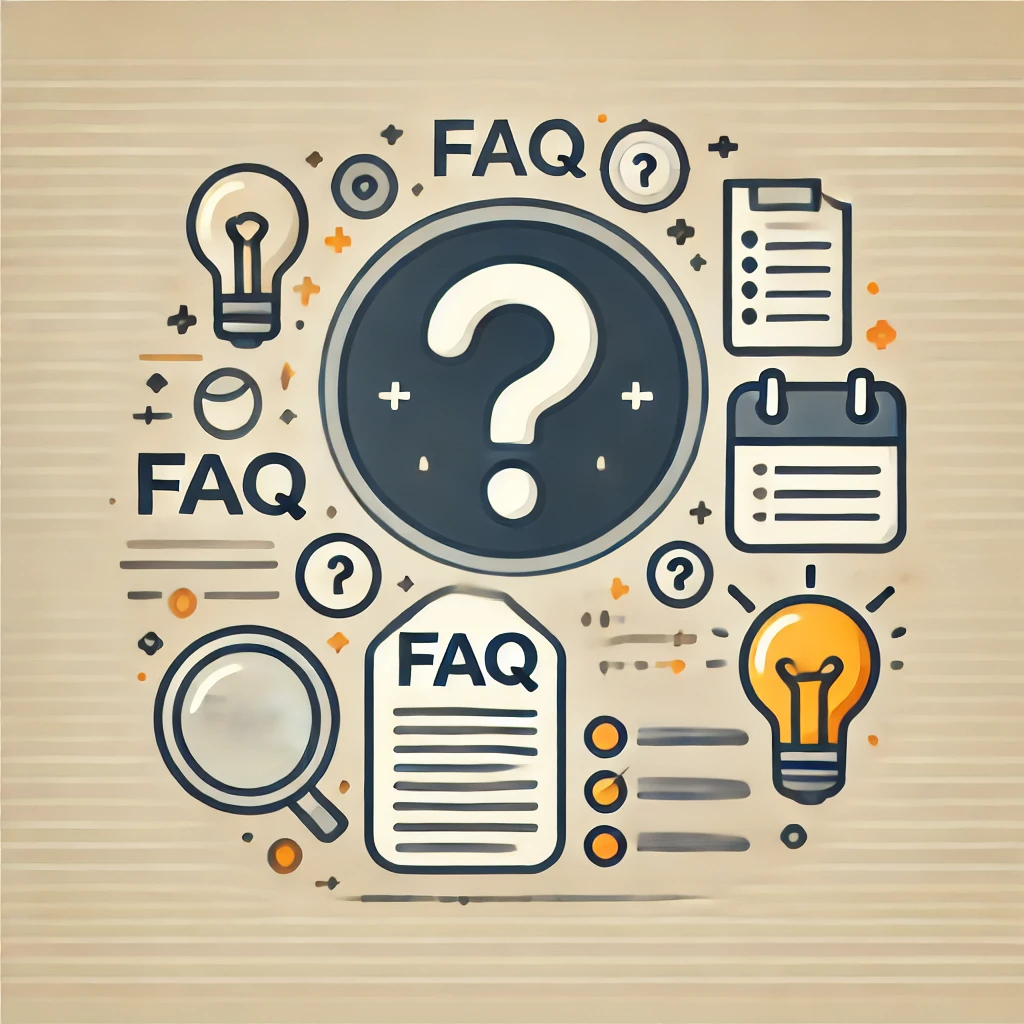
Now that you know how long to boil corn on the cob for the best flavor, you’re ready to whip up this summer favorite whenever the craving strikes.
Remember, the magic number is 5-7 minutes for fresh corn, but don’t hesitate to tweak it slightly based on your texture preferences.
With these quick tips, you’ll be serving perfectly boiled corn that’s juicy, tender, and packed with flavor.
Looking for more ways to enjoy corn on the cob?
Try different flavored butters, experiment with toppings, or even grill it for a smoky twist.
Whether you’re preparing it for a family BBQ or a simple weeknight meal, perfectly boiled corn on the cob is always a crowd-pleaser!
FAQ: How Long to Boil Corn on the Cob for the Best Flavor
1. What’s the ideal boiling time for corn on the cob?
The ideal boiling time for fresh corn on the cob is between 5-7 minutes.
This range allows the kernels to become tender while retaining their natural sweetness.
If you prefer your corn softer, aim for 7 minutes; for a bit more bite, 5 minutes should suffice.
If you’re using frozen corn, increase the boiling time to 8-10 minutes.
2. Should I add salt to the water when boiling corn?
Adding salt to the water is a matter of personal preference.
Some people avoid it because it can toughen the kernels slightly.
However, if you want to enhance the flavor, you can add a small pinch of salt after boiling instead.
Alternatively, add a teaspoon of sugar or a splash of milk to the water for a sweeter and creamier result.
3. Do I need to remove the husk before boiling?
Yes, it’s generally recommended to remove the husk and silk before boiling for faster cooking and easier serving.
However, some people prefer to boil corn with the husk on, which helps steam the corn and can give it a slightly different flavor and texture. Just be sure to remove any excess silk beforehand.
4. Can I boil frozen corn on the cob?
Yes!
Frozen corn on the cob can be boiled just like fresh corn.
Simply increase the boiling time to 8-10 minutes to ensure the corn is thoroughly heated and tender.
5. How can I tell when the corn is done?
Corn on the cob is ready when the kernels are plump, tender, and have turned a bright yellow (for yellow corn varieties).
You can test the doneness by piercing a kernel with a fork or knife; if it’s soft and easy to puncture, the corn is done.
6. What can I add to the boiling water for extra flavor?
For an extra flavor boost, consider adding:
- A teaspoon of sugar for sweetness
- A splash of milk for a creamier texture
- A tablespoon of butter for richness
- A pinch of seasoning, such as smoked paprika or garlic powder, to infuse the corn with flavor as it cooks
7. What’s the best way to serve boiled corn on the cob?
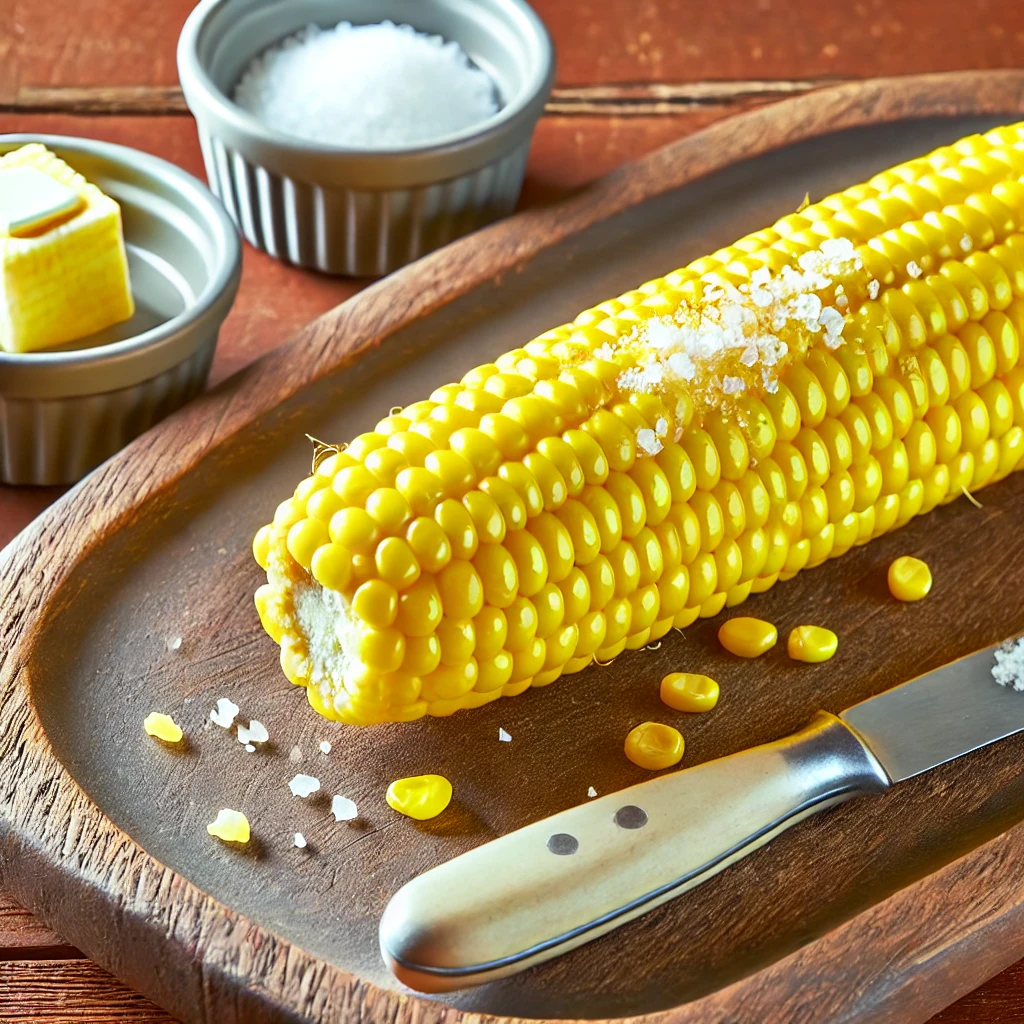
Boiled corn on the cob can be served simply with butter, salt, and pepper, or you can get creative with flavored butters, cheese toppings, spices, and herbs.
Some popular ways to serve it include:
- Mexican street corn (Elote): Slather with mayonnaise, sprinkle with cotija cheese, and finish with lime juice and chili powder.
- Herb butter: Mix softened butter with garlic, parsley, or basil for a fragrant topping.
- Cheesy corn: Drizzle melted cheese, such as cheddar or Parmesan, over the corn for a savory twist.
8. Can I boil corn ahead of time and reheat it?
Yes, you can boil corn ahead of time and reheat it when you’re ready to serve.
To reheat, simply place the boiled corn in a pot of boiling water for 1-2 minutes, or microwave the corn on a plate with a damp paper towel over it for about 1 minute.
9. What should I do if I overcook my corn?
If you accidentally overcook your corn and it becomes too soft, you can still salvage it by adding flavorful toppings like butter, cheese, or herbs to enhance the taste.
You can also grill the overcooked corn briefly to add some texture and char.
10. Can I add seasoning directly to the corn while it boils?
While it’s more common to season corn after boiling, you can add certain seasonings directly to the water, such as garlic cloves, bay leaves, or chili flakes, to subtly infuse flavor as the corn cooks.
However, adding salt directly to the water can toughen the kernels, so it’s often better to season after boiling.
Related Articles:
Crispy and Delicious: How to Make Air Fryer Corn on the Cob in Minutes!
How to Cook Beets: 5 Simple Methods for Perfectly Tender Beets Every Time
As an Amazon Associate I earn from qualifying purchases.
